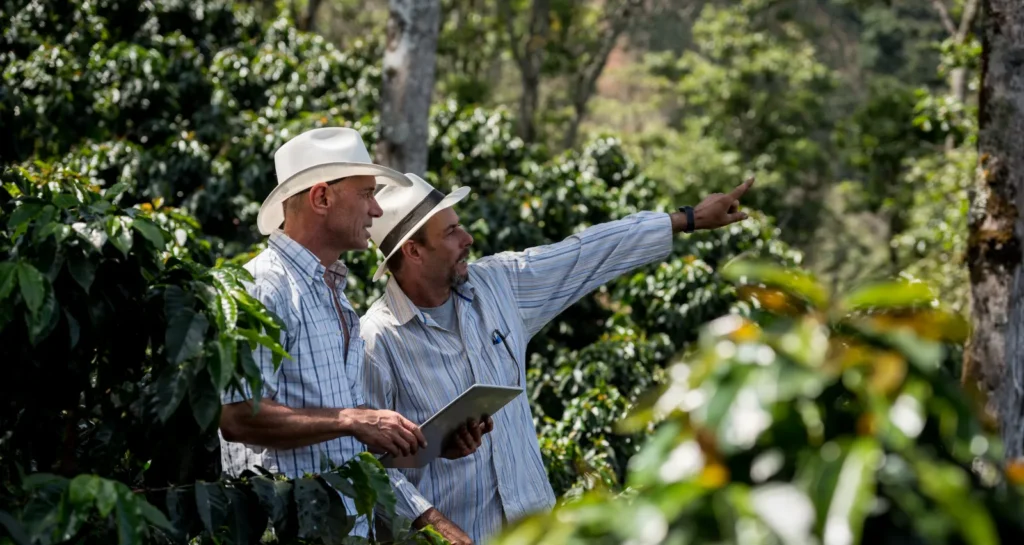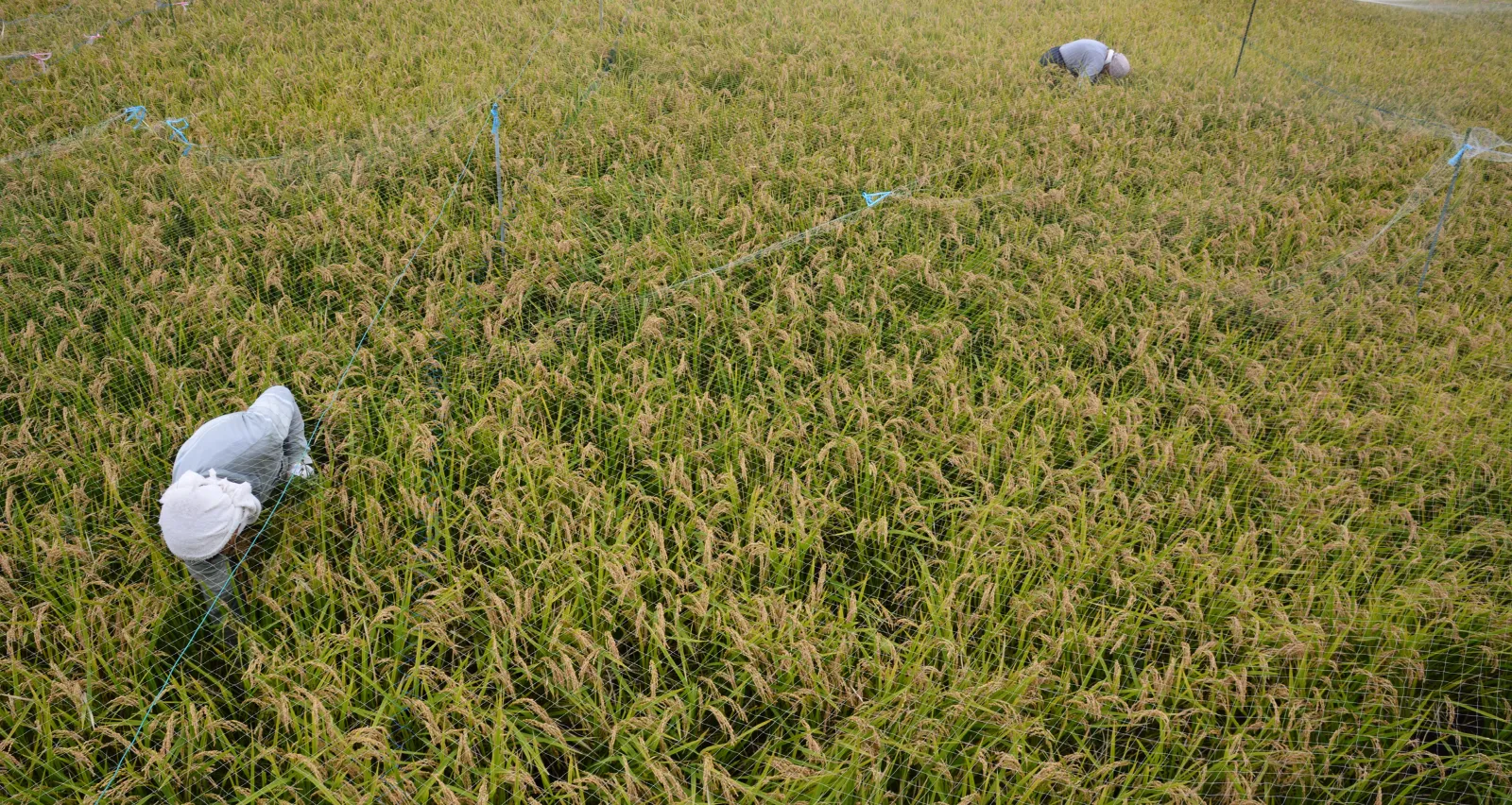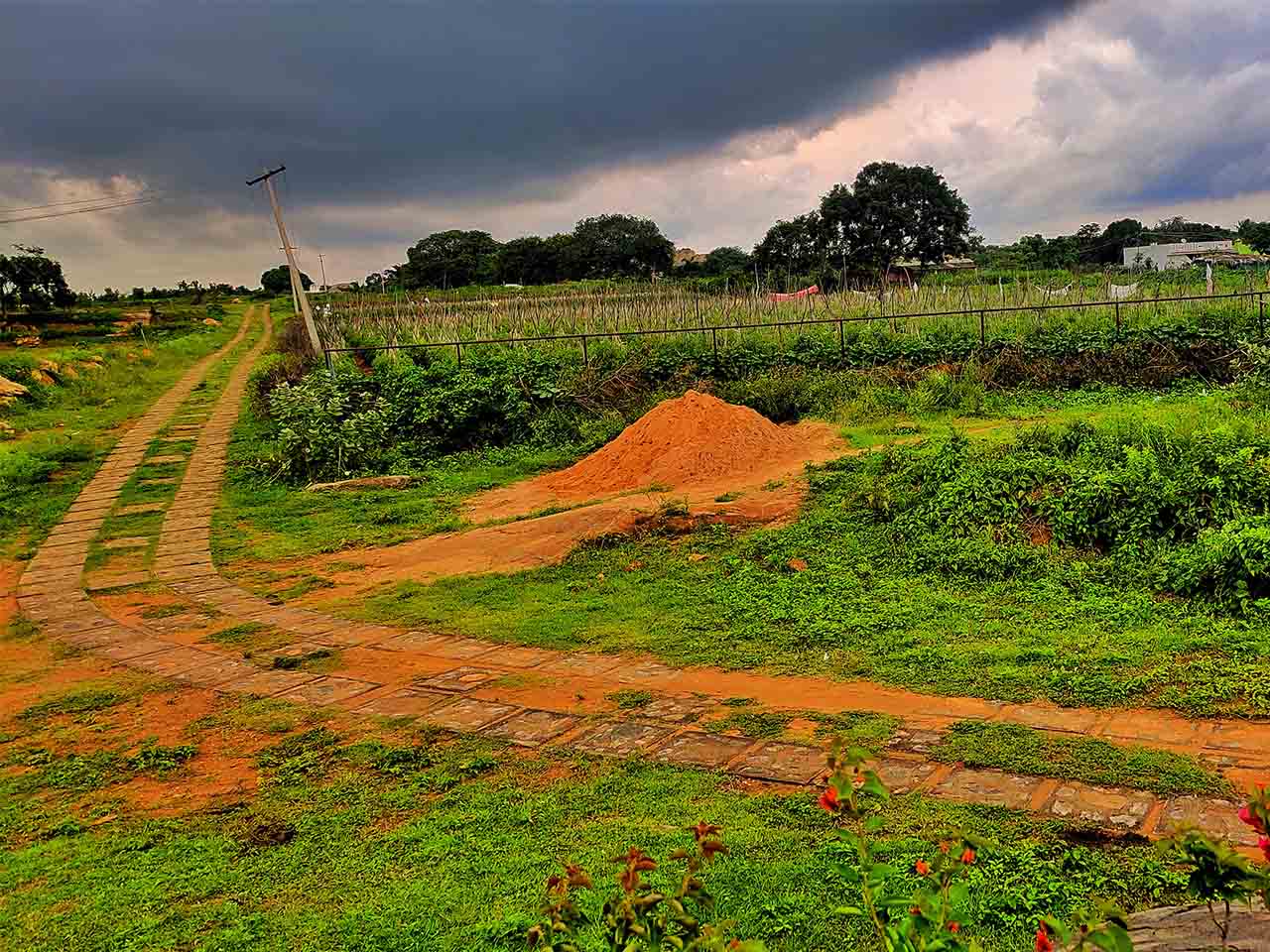
How Managed Farmland Projects Work
The traditional landscape of farmland ownership and management has long been plagued by challenges such as labor shortages, lack of expertise, and inefficient resource management. These issues have often hindered productivity and growth in the agricultural sector. However, a new trend is emerging in Indian agriculture: managed farmland projects. These projects offer a fresh approach to farming, combining modern technology with professional management to maximize efficiency and yield.
Managed farmland projects provide a range of benefits for investors, including passive income and access to cutting-edge technology. By leveraging the expertise of professional farm managers and utilizing advanced agricultural tools, these projects promise to transform the way farmland is managed and operated, making it an attractive option for both seasoned investors and newcomers to the agricultural sector.
Project Structure and Investment Options
Our Managed farmland projects typically offer ownership, allowing investors to choose the option that best suits their financial goals and risk tolerance. Fractional ownership enables multiple investors to own a share of the farmland, spreading the costs and risks associated with farming.
Project managers play a crucial role in the success of managed farmland projects. They are responsible for overseeing planting, harvesting, and maintenance activities, ensuring that the farmland is managed efficiently and sustainably. These managers bring their expertise and knowledge to the table, optimizing farm operations and maximizing returns for investors.
High-Tech Tilling: Technologies Used
One of the key features of managed farmland projects is the use of high-tech tools and technologies to improve farming practices. Precision agriculture tools, such as GPS-guided equipment and soil sensors, allow for more accurate planting and efficient use of resources. Automation technologies, including drones and autonomous tractors, reduce the reliance on manual labor and increase operational efficiency.
These technologies not only enhance productivity but also improve resource management, ensuring that water, fertilizers, and pesticides are used optimally. By adopting these advanced tools, managed farmland projects can achieve higher yields, reduce costs, and contribute to more sustainable farming practices.
Transparency and Monitoring
Transparency is a significant aspect of managed farmland projects. Investors are kept informed about farm operations and project performance through regular updates and detailed reports. Many projects utilize online platforms to provide real-time data access and communication channels, allowing investors to monitor the progress of their investment remotely.
These platforms offer insights into various aspects of farm management, such as crop health, yield projections, and financial performance. This level of transparency builds trust between investors and farm managers, ensuring that investors are fully aware of how their investment is being managed and the returns it is generating.
The Potential of Managed Farmland Projects
Managed farmland projects hold immense potential for the agricultural sector in India. By attracting investment into agriculture, these projects enable the adoption of modern technologies and farming practices, leading to increased productivity and profitability. This influx of capital can drive innovation and development in the sector, making Indian agriculture more competitive on a global scale.
Moreover, managed farmland projects contribute to sustainable agriculture practices by promoting efficient resource use and reducing environmental impact. The integration of technology and professional management helps in implementing eco-friendly practices, such as precision irrigation and integrated pest management, which are crucial for the long-term sustainability of agriculture.
These projects also play a vital role in bridging the gap between investors and the agricultural sector. By providing a structured and transparent investment model, managed farmland projects make it easier for investors to participate in agriculture, fostering a closer connection between urban capital and rural farming communities.
Considerations Before Investing
Before investing in managed farmland projects, it is essential to consider several key factors. Investors should evaluate the reputation and track record of the project and the management team. Understanding the terms of the investment, including ownership structure, expected returns, and exit options, is crucial for making an informed decision.
Investors should also be aware of the risks involved in agricultural investments. Market fluctuations, weather conditions, and other uncertainties can impact farm performance and returns. Conducting thorough due diligence and seeking expert advice can help mitigate these risks and ensure a successful investment.
Conclusion
Managed farmland projects represent a promising opportunity for investors and the agricultural sector in India. By combining modern technology with professional management, these projects offer the potential for high returns, sustainable farming practices, and increased investment in agriculture. As India continues to evolve and innovate in the agricultural domain, managed farmland projects provide a unique opportunity to be part of a sustainable and prosperous future in Indian agriculture.









